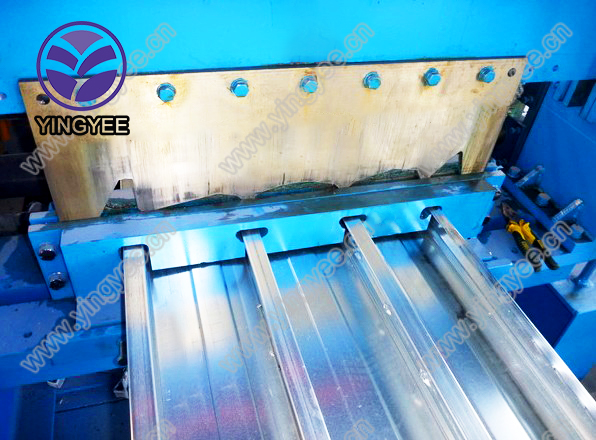
Highway Guardrail Plate Roll Forming Machine Ensuring Safety on the Roads
Highway safety is a critical concern for countries worldwide, and in this context, guardrails play a pivotal role in protecting motorists from potential accidents. One of the essential tools in the production of these vital safety features is the highway guardrail plate roll forming machine. This advanced piece of machinery not only streamlines the manufacturing process but also enhances the quality and durability of guardrails.
Understanding Guardrails and Their Function
Guardrails are designed to prevent vehicles from veering off the roadway, thereby reducing the likelihood of fatal accidents. They absorb impact energy and redirect vehicles back onto the road, minimizing the risk of collision with obstacles such as trees, signposts, or oncoming traffic. The effectiveness of guardrails largely depends on their design, materials, and manufacturing processes, which are where roll forming machines come into play.
What is a Roll Forming Machine?
A roll forming machine is a type of industrial equipment used to convert flat sheets of metal into various shapes through a series of molded rollers. For highway guardrail production, these machines are specifically designed to create the unique profiles required for guardrails, ensuring that they meet safety standards and specifications. The process of roll forming is highly efficient and can produce long lengths of guardrail consistently and with minimal waste, making it a cost-effective solution for manufacturers.
Key Features of Highway Guardrail Plate Roll Forming Machines
1. Precision Engineering The design of a guardrail is critical to its performance. Roll forming machines are equipped with advanced technology that ensures precise measurements and consistent quality throughout the production process. This precision is vital for maintaining safety standards and ensuring that guardrails perform as intended during an impact.

2. Adjustable Roll Stations Modern roll forming machines often include adjustable roll stations, allowing manufacturers to produce various shapes and sizes of guardrails according to specific project requirements. This flexibility is a significant advantage in meeting diverse customer needs.
3. Material Versatility Roll forming machines can work with a variety of metals, including steel and aluminum, which are common materials used for guardrails. The ability to use different materials broadens the application of these machines in the guardrail manufacturing process and helps meet various strength and durability requirements.
4. High Production Efficiency These machines are capable of producing large volumes of guardrail profiles in a short amount of time. This high efficiency is essential for keeping up with the demand for guardrails, especially for large infrastructure projects.
5. Integrated Systems Many modern roll forming machines come with integrated systems, including automated cutting and stacking mechanisms, which further streamline the production process. This automation reduces labor costs and minimizes human error, resulting in higher-quality products.
The Importance of Quality Control
In addition to efficient manufacturing processes, quality control is paramount when producing highway guardrails. Manufacturers must ensure that all products meet strict safety standards, which often include testing for impact resistance and durability. The integration of quality control measures within the roll forming process helps in identifying any defects early, thereby reducing waste and ensuring that only the highest-quality guardrails reach the market.
Conclusion
The highway guardrail plate roll forming machine is an indispensable asset in the manufacturing of guardrails. By ensuring precision, efficiency, and adaptability in production, these machines play a crucial role in enhancing road safety. As the demand for safer highways continues to grow, the importance of advanced manufacturing technologies, such as roll forming, cannot be overstated. Investing in high-quality roll forming machines will not only lead to superior guardrail products but will also contribute to a safer driving environment for everyone. Ultimately, the evolution of these machines reflects the ongoing commitment to improving safety standards on our highways, protecting lives one guardrail at a time.